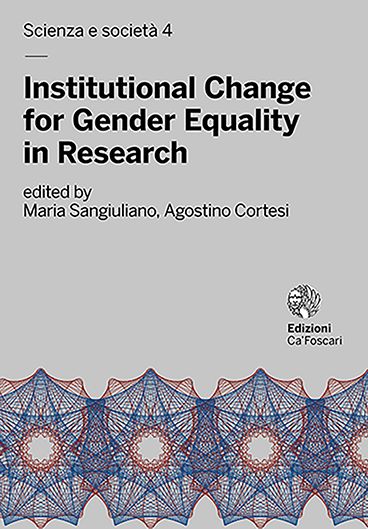- search 247 views
- file_download 13 download
- keyboard_capslock metadata
-
mark_email_readIscriviti alla newsletter
The How, What and When of Project Monitoring
Facilitating Successful Implementation of Gender Equality Plans in European Research Institutions
abstract
This paper focuses on monitoring as a key component of successful structural change projects. Project monitoring is usually defined as an on-going collection of project data in order to assess whether a project is going in the right direction and follows the pace and stages set beforehand. This paper elaborates on the how, what and when of successful project monitoring and describes the strategies and approaches to monitoring that was used in the international, collaborative project GenderTime. In this project seven different tailor-made gender equality plans (GEPs) were implemented in seven research institutions in seven European countries. The seven GEPs contained a very diverse set of over 100 actions to improve gender equality and strengthen the position of women researchers in these institutions. GEPs are inherently complex, constructed to solve complicated, multi-dimensional and contextually dependent problems concerning gender inequality. The project data in GenderTime, that needed to be monitored, was thus characterized by being qualitative diverse and quantitatively extensive. This paper describes the monitoring strategy that was developed to fit this context and the monitoring tools that were designed and implemented. The overall aim of the paper is to share and disseminate the knowledge gained regarding monitoring during the four years of the project.
Keywords: Tools • Context sensitive monitoring • Gender Equality Plans
